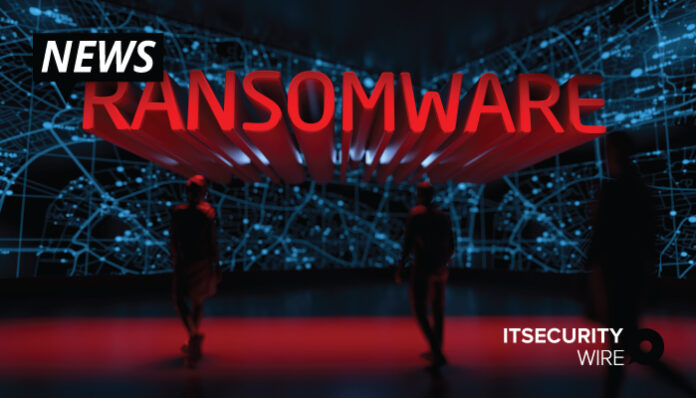Cybereason, the XDR company, today issued a global threat alert advisory warning U.S. companies about a potentially widespread ransomware campaign run by the Black Basta ransomware gang. Organizations should be on especially high alert for ransomware attacks during the upcoming holidays, as a recent Cybereason study shows that attacks are common over holidays because organizations are generally under-staffed and ill-prepared for them.
The Black Basta gang emerged in April 2022 and has victimized hundreds of companies in the United States, United Kingdom, Australia, New Zealand and Canada. Organizations in English speaking countries appear to be targets. Cybereason assesses the threat level of ransomware attacks against global organizations today being HIGH.
“You can’t pay your way out of ransomware. Unless an organization is in a life-and-death situation, we don’t advise paying the ransom because you are only fueling the burgeoning ransomware economy. With its operations under the eyes of former REvil and Conti ransomware gang members, Black Basta is being professionally run with well-trained and skilled threat actors. They continue using the double extortion scheme of first breaching an organization and exfiltrating sensitive data before dropping the ransomware payload and threatening to publish stolen data unless a ransom is paid,” said Lior Div, Cybereason CEO and Co-founder.
Key Findings
-
- Threat actor moves extremely fast: In the different cases of compromise Cybereason identified, the threat actor obtained domain administrator privileges in less than two hours and moved to ransomware deployment in less than 12 hours.
-
- Threat Level is HIGH: Cybereason’s GSOC assesses the threat level as HIGH given the potentially widespread campaign being run by Black Basta.
-
- Widespread QBot campaign targeting U.S.-based companies: Threat actors leveraging the QBot loader casted a large net targeting mainly U.S.-based companies and acted quickly on any spear phishing victims they compromised. In the last two weeks, Cybereason observed more than 10 different customers affected by this recent campaign.
-
- Network lockout: Among the many Qakbot infections Cybereason identified, two allowed the threat actor to deploy ransomware and then lock the victim out of its network by disabling the victim’s DNS service, which made the recovery even more complex.
- Black Basta deployment: One particularly fast compromise Cybereason observed led to the deployment of Black Basta ransomware. This allowed Cybereason researchers to tie a link between threat actors leveraging Qakbot and Black Basta operators.
Also Read: Three Strategies to Ensure Business Continuity After a Ransomware Attack
Ransomware attacks can be stopped. Cybereason offers the following recommendations to organizations to reduce their risk:
-
- Practice good security hygiene: For example, implement a security awareness program for employees and ensure operating systems and other software are regularly updated and patched.
-
- Confirm key players can be reached at any time of day: Critical response actions can be delayed when attacks occur over holidays and weekends.
-
- Conduct periodic table-top exercises and drills: Include key stakeholders from other functions beyondsecurity, such as Legal, Human Resources, IT, and top executives, so everyone knows their roles and responsibilities to ensure as smooth a response as possible.
-
- Implement clear isolation practices: This will stop any further ingress on the network and prevent ransomware from spreading to other devices. Security teams should be proficient at things like disconnecting a host, locking down a compromised account, and blocking a malicious domain.
- Consider locking down critical accounts when possible: The path attackers often take in propagating ransomware across a network is to escalate privileges to the admin domain-level and then deploy the ransomware. Teams should create highly secured, emergency-only accounts in the active directory that are only used when other operational accounts are temporarily disabled as a precaution or inaccessible during a ransomware attack.
- Deploy EDR on all endpoints: Endpoint detection and response (EDR) remains the quickest way for public and private sector businesses to address the ransomware scourge.
For more such updates follow us on Google News ITsecuritywire News. Please subscribe to our Newsletter for more updates.









